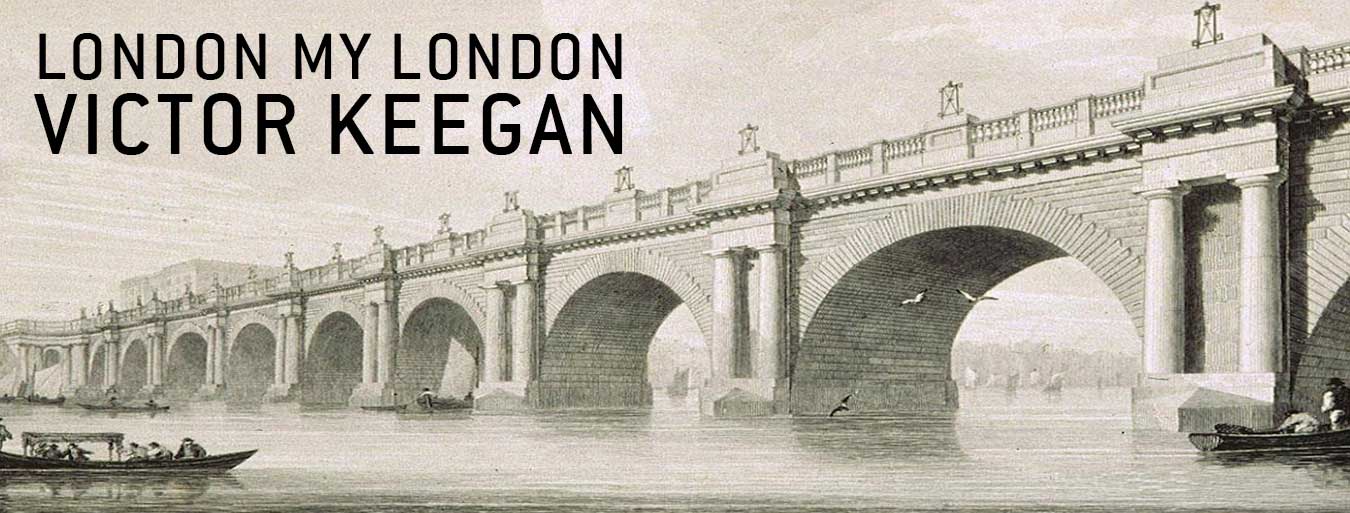London Bridge is special for Londoners not least because the city would never have existed without it. The first, and most iconic, version – the one with houses on top – lasted for over 600 years. It was replaced by a neo classical structure designed by John Rennie which lasted from 1831 until 1967 when it was sold for £1m to an American chain saw millionaire Robert P McCulloch. He transported it to a new town he had built in the desert at Lake Havasu, Arizona (see photo, above) where it became the second most popular tourist attraction in the state once he had diverted a river so it could have real water flowing beneath. Something called the Grand Canyon came first.
All this and the rumours surrounding it including the ludicrous one – that he thought he was buying Tower Bridge – have passed into folklore. But what happened after it got there? A highly entertaining new book by Travis Elborough (London Bridge in America, £14.99 Jonathan Cape or as ebook) brimful of anecdotes – like Thomas Paine’s bit part in building it – finds that the bridge itself was successful in helping to create a town of 53,000 inhabitants rising to over 90,000 in season. No mean achievement. However the transplanted nostalgia of an English theme village complete with pub and telephone kiosk has now passed its gawk-by date to be replaced with apartments.
But you don’t have to travel to the US to glimpse Rennie’s bridge. McCulloch built his bridge using Rennie’s stones suitably numbered for reconstruction merely as cladding leaving most of the structure behind in London. Some 10,000 tons of stone were exported from London to clad a hollow structure of no less than 33,000 tons of steel reinforced concrete built over there – so most of London Bridge didn’t make the cut.
The biggest remaining chunk is a complete archway and stairs leading to Tooley Street (see, below). The granite blocks by the roadway on the left as you pass Southwark Cathedral shortly before the bridge are also from the Rennie Bridge as is a stone table one level up by the bike shop. The contractors John Mowlem wrote to Kew Gardens saying they had 400 tons of granite in their yard and did they want any. Kew took four which can be seen by the big lake but hundreds of tons are still unaccounted for. Two huge blocks have been turned into sculptures at either end of a long walkway in the woods at Waltham Abbey not to mention another turned into a large sculpture at Barking Abbey. Mill Hill school, the alma mater of Ivan Luckin the man who sold the bridge on behalf of the City of London, has another one and there are plenty of others lying around even before listing the remains of the original medieval bridge. Bits of granite from the bridge are regularly on offer on eBay at $6.95 a nip. (Photo of London Bridge, Arizona courtesy of Travis Elborough)
